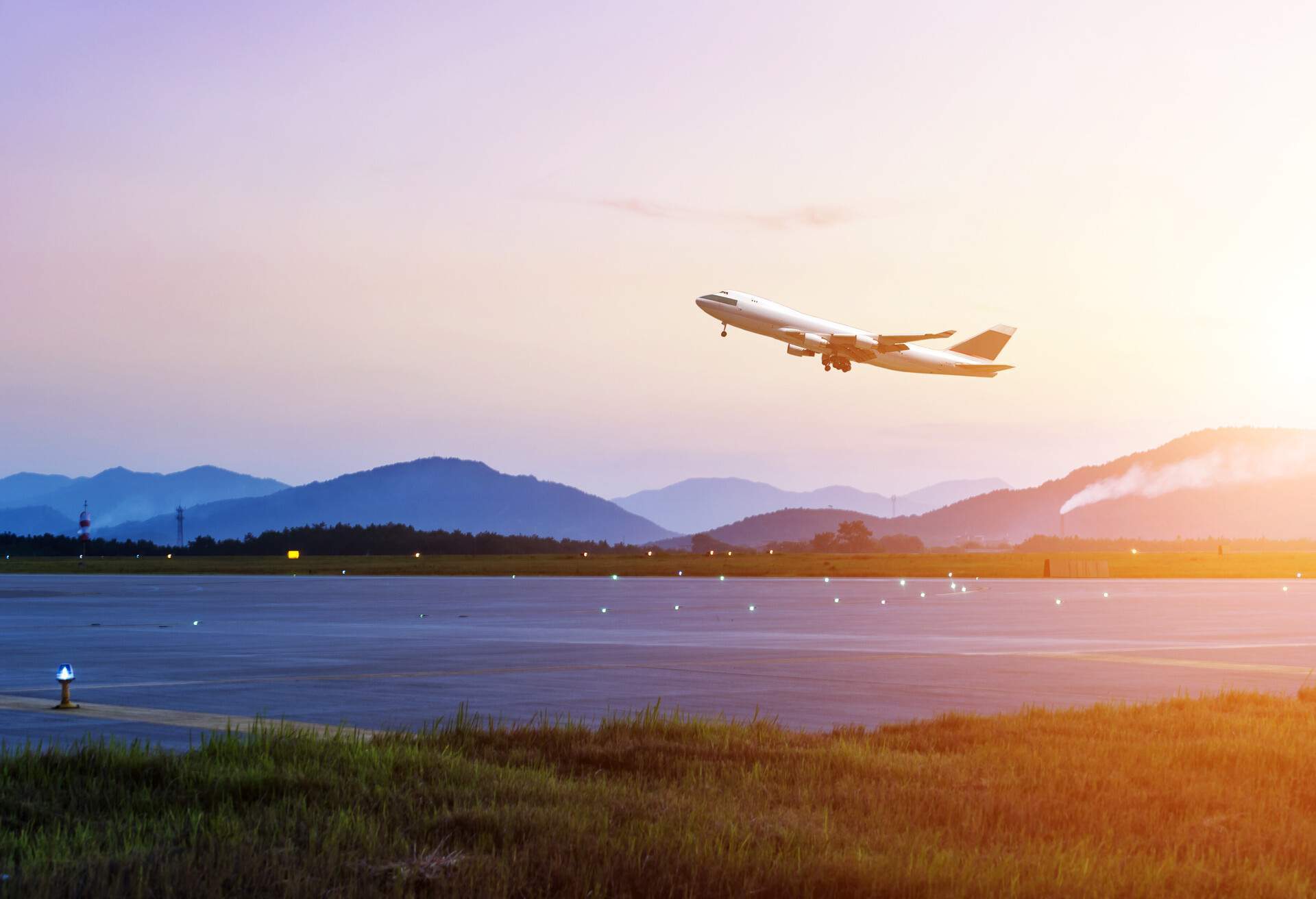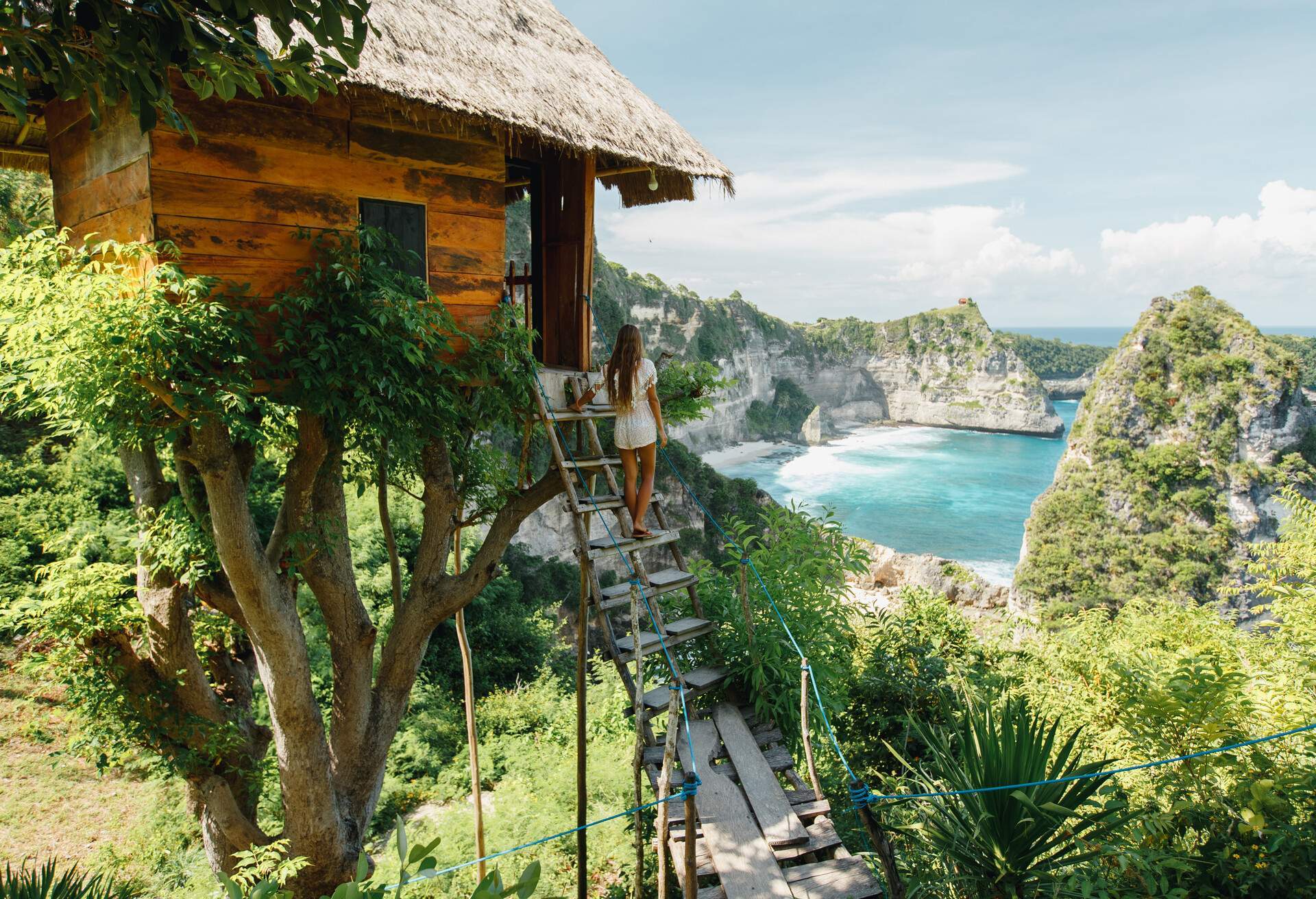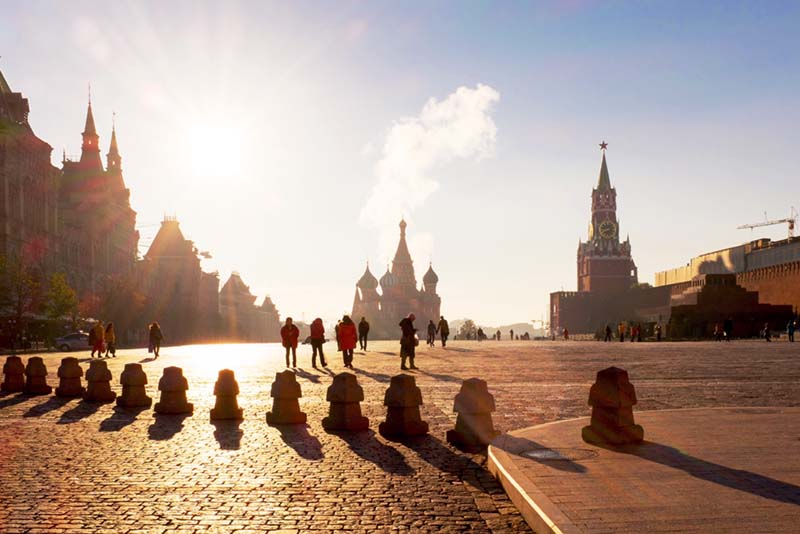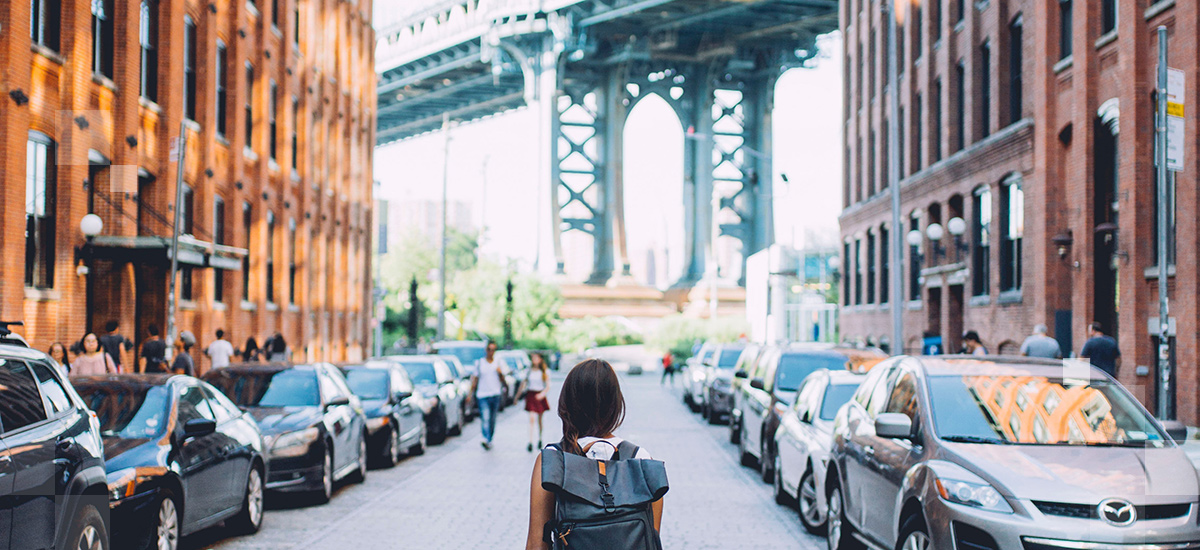Dreaming of going whale-spotting in the Pacific? Go on and book that tour. Or do you fancy trekking the Brazilian rainforests? Make it happen. How about driving dune buggies in the Sahara? Let’s go!
Thanks to the internet, documentaries, social media and books, we are more aware of the wonders of the world than ever before. Places are also way more accessible than they once work, and people are flocking to destinations around the globe in unprecedented numbers. Today, over 300% more people are flying than in 1990.
But there’s one thing we can’t ignore: travel is also putting a huge environmental strain on the planet. But don’t cancel your travel plans just yet — we’ve researched these 10 different choices you can make to combat your CO2 impact when heading off on your next great adventure.
1. Fly direct
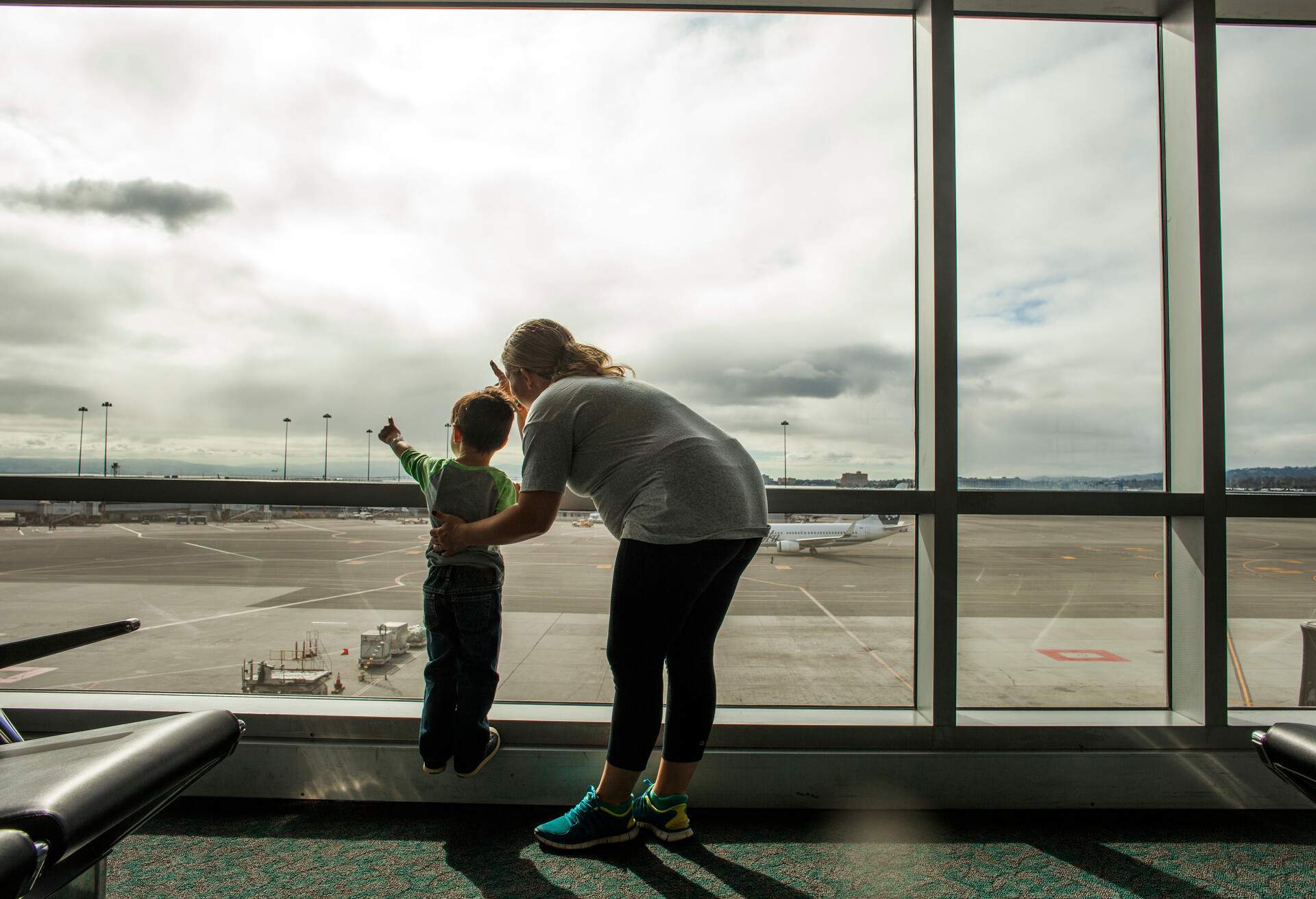
Unless you’re trying to squeeze in a sightseeing tour or visit a friend in a stopover city, there’s not much reason why you wouldn’t pick a direct flight anyway, right? Direct flights not only save you hours of idle airport time, they also cut down on CO2 emissions.
Typically, a large part of the CO2 a flight emits is during take-off and landing, so the fewer of these you can make during a trip, the better. Often the price difference between a direct flight and one with a stopover is minimal enough that the time and stress saved makes this choice more than worth it.
2. Choose to fly straight
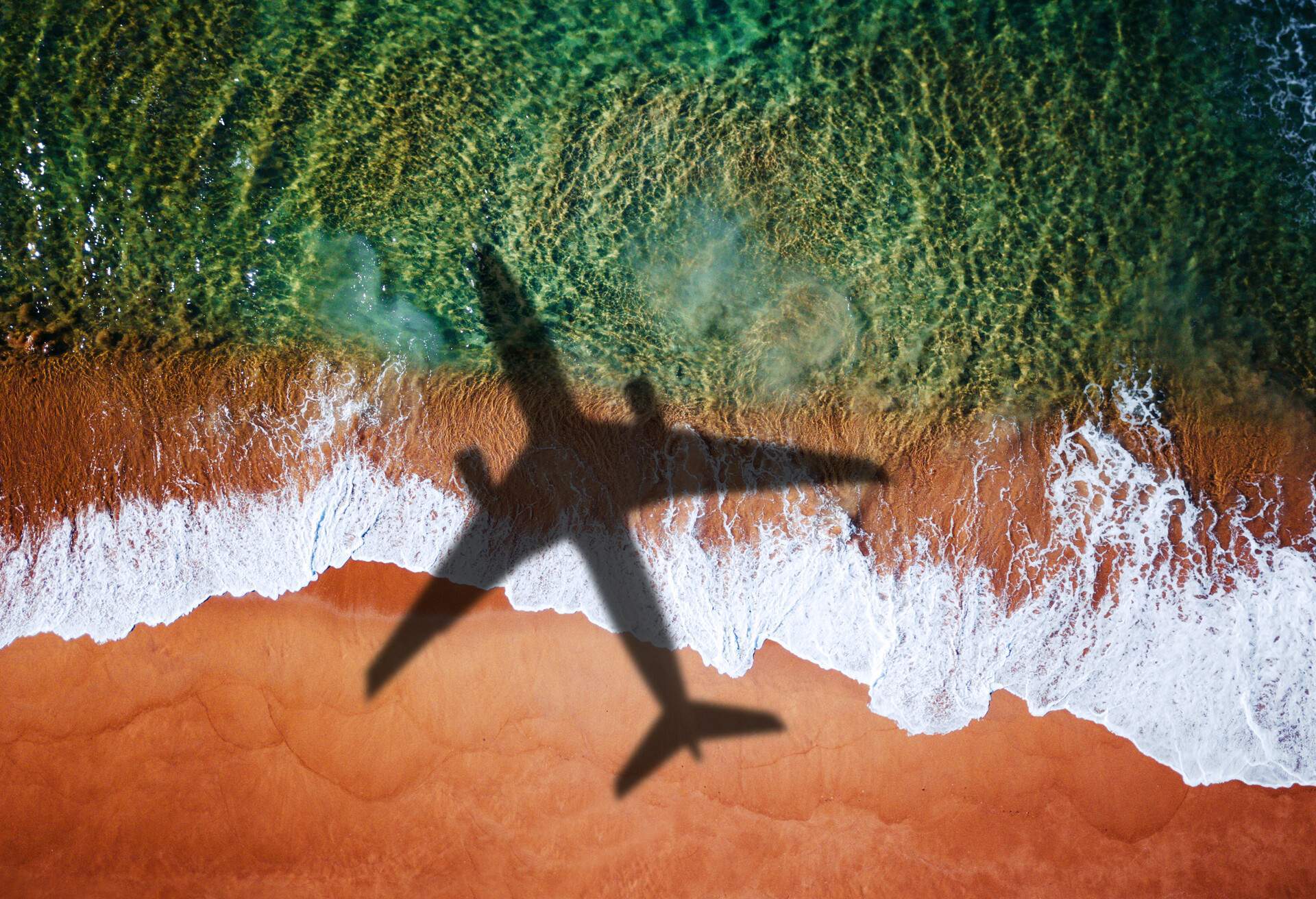
Sometimes it’s impossible to find a direct flight. Maybe an airline goes on strike, the destination’s airport is too small or it’s just too far away to get there in one go — we get it. The important thing when looking through your carbon glasses is to pick the most direct connecting route; not one that zigzags across the map like a bee with a bad sense of direction.
3. Choose a fuel-efficient airline
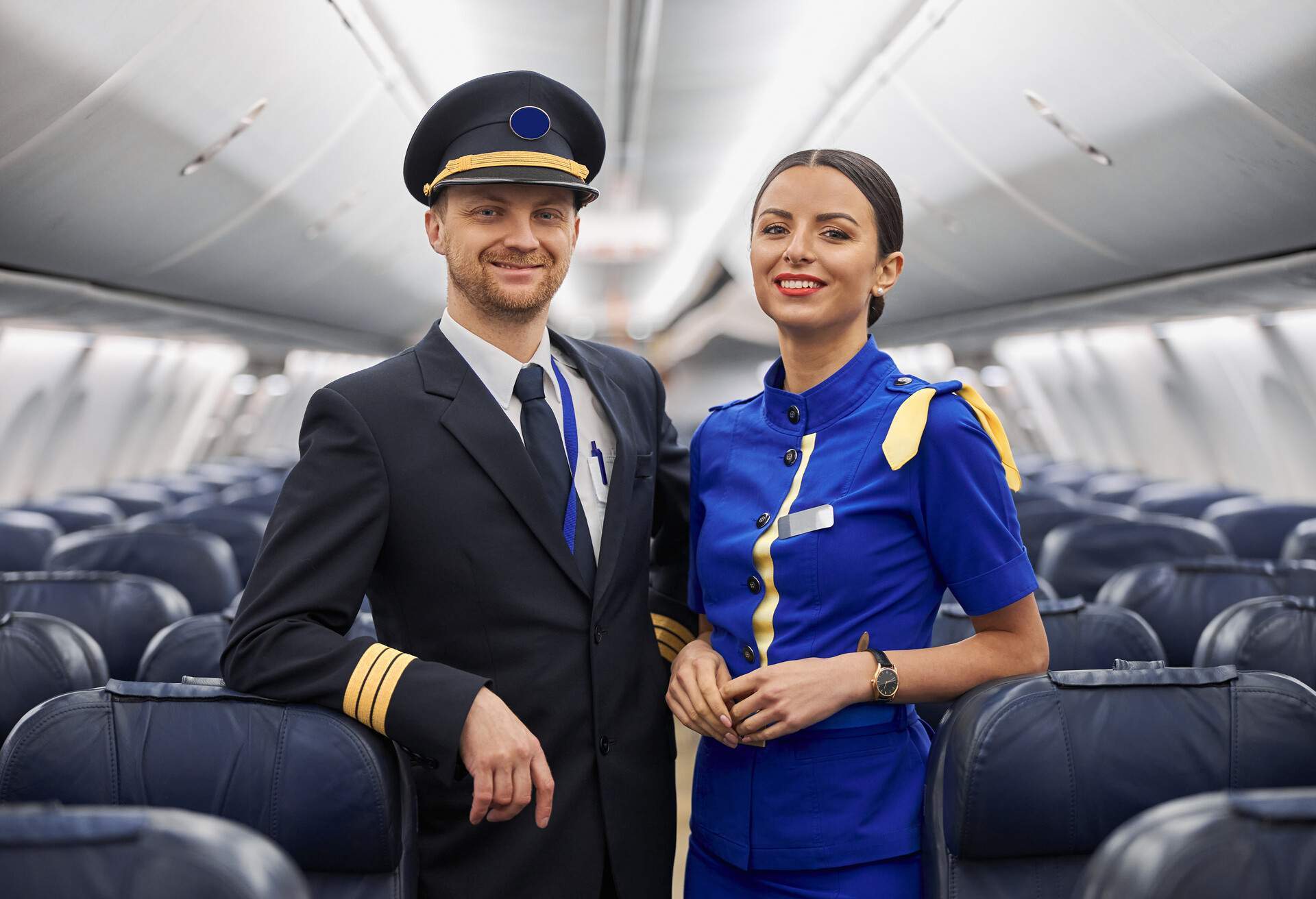
Not every aircraft is created equal in terms of fuel efficiency, and not every airline company has prioritised investment in a fuel-efficient fleet. A good rule of thumb is to choose an airline with a more modern fleet; usually the newer the plane, the more fuel-efficient it is. The Airbus A350, Boeing 787 Dreamliner, Airbus A330, Embraer E2, and Airbus A220 aircraft all burn less than three litres of jet fuel per 100 passenger kilometres. Once you know which types of aircraft are more efficient, you can use KAYAK’s aircraft filter to show the results that are scheduled to fly those planes.
You can also use the filter to view the average CO2 emissions for your journey, and select the flight with the least emissions. Just search and then click ‘Least CO2’ at the top.
Find flights with the least CO2 emissions
4. Choose a smaller plane
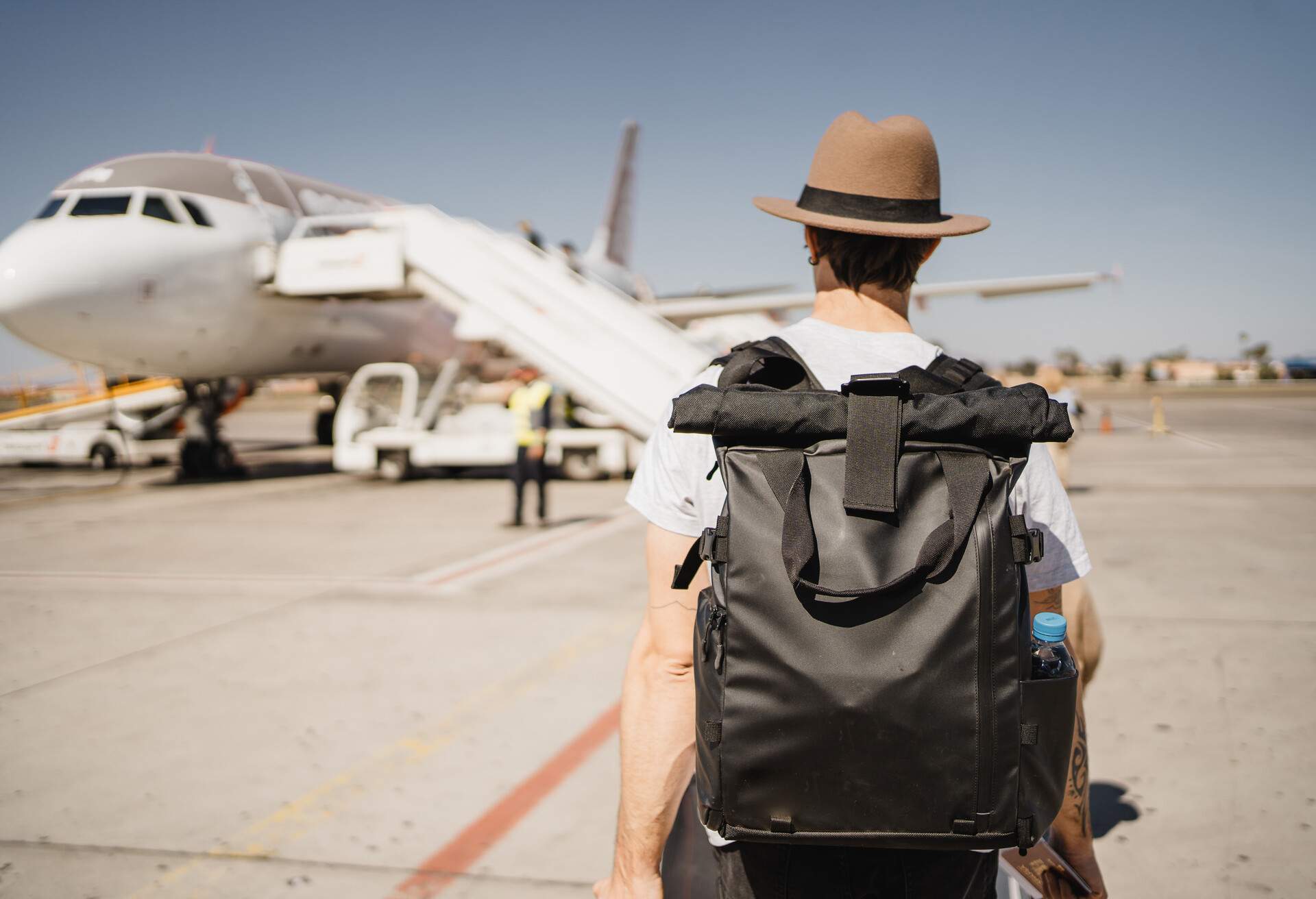
When it comes to carbon emissions, size does matter. For example, smaller twin-engine planes like the Boeing 787 Dreamliner and Airbus A350 run on average 24% more efficiently than four-engine giants like the 747 and A380. And if you’re flying over shorter distances and have the option, choose turboprop planes to shave off even more emissions.
5. Choose economy over business or first class
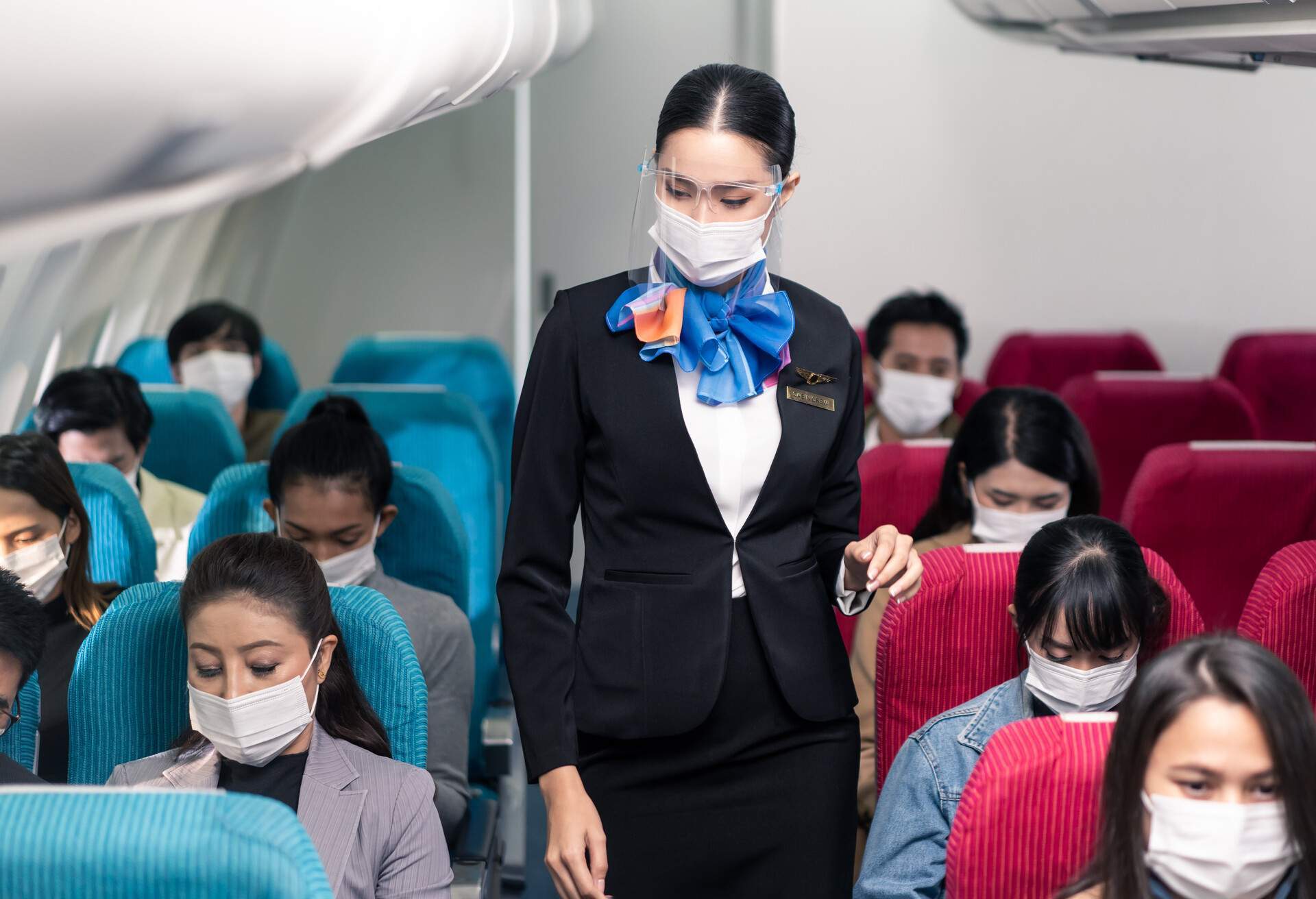
This is one of those times when being cheap is also being good to the environment. Simply put, the more people you can fit on a plane, the fewer CO2 emissions that plane will emit per passenger. Business and first-class seats are heavier and take up more room on the plane, making the carbon footprint of their passengers three to nine times higher than that of economy passengers. So (try to) relax and feel good about feeling cramped!
You can find out the class seat ratio of different airlines to see who offers more economy seats vs business/first-class seats. As much as 25% of some airlines’ seats are business/first-class, while other airlines only offer economy seats on their flights. If you know the aircraft model that your airline will use for your flight, you can see the number of economy vs business/first-class seats on sites like this.
6. Choose airlines and airports that use biofuels
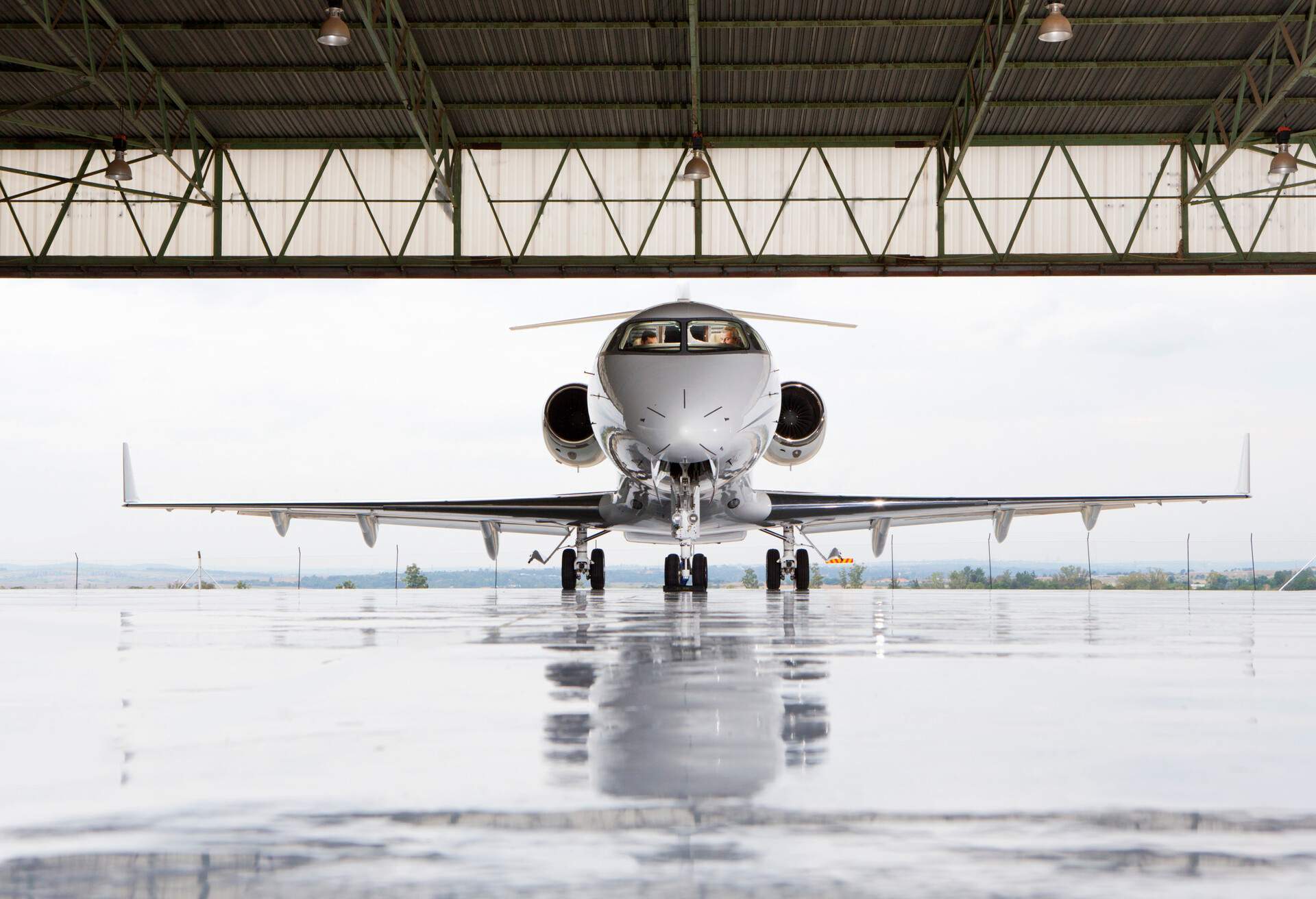
Believe it or not, more and more airlines are using cleaner-burning fuels like biofuels sourced from raw materials like algae, jatropha, municipal waste, forestry slash, industrial waste gasses and even used cooking oil to fuel their fleet. Taking a bio-fuelled flight can reduce emissions significantly compared to the same amount of fossil fuel, depending on the material used. So keep an eye out for the airports and airlines worldwide that regularly take this greener route.
You can also put your hard-earned money directly toward initiatives that promote the use of biofuels. Some airlines, airports, and organisations allow customers to purchase biofuel for flights. For instance, Sweden’s Fly Green Fund gives the option to buy locally produced biofuel through their website.
7. Choose to lighten your load
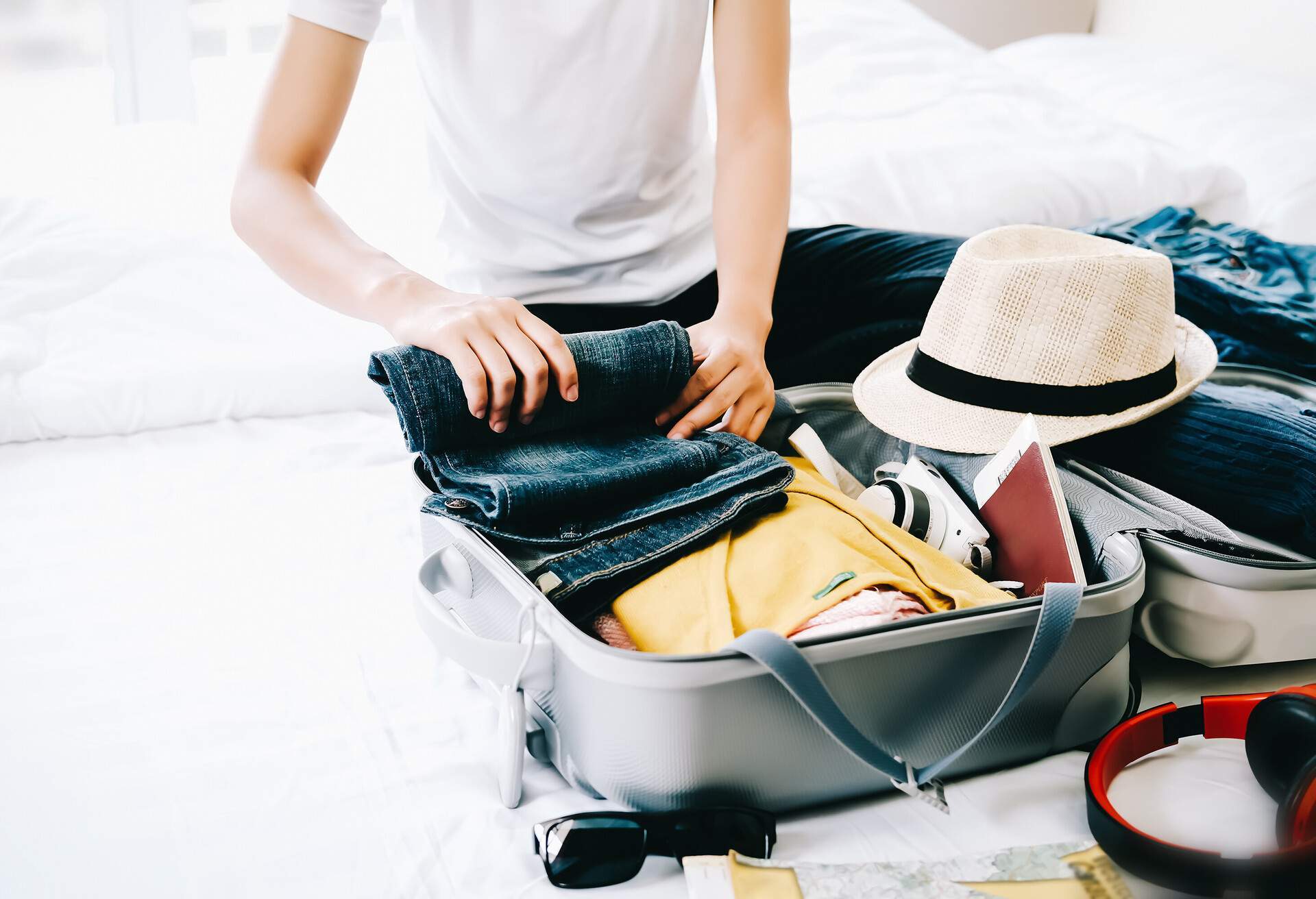
When packing for a trip, you may be tempted to prepare for any situation with the appropriate attire (including footwear). But how often are you invited last-minute to a cocktail party? And do you really need your laptop and your tablet?
The benefits of packing light go way beyond avoiding baggage fees; every little gram results in carbon emissions when you need to get it airborne. And airlines have been experimenting for years on how to make things lighter; from meals and cutlery to in-flight magazines to the flight attendants(!). One airline estimated that losing just a pound (0.45 kg) in weight from every plane in its fleet would save 53,000 litres of fuel a year! So pack a little less next time you fly — it makes a difference to your carbon footprint.
8. Choose the train
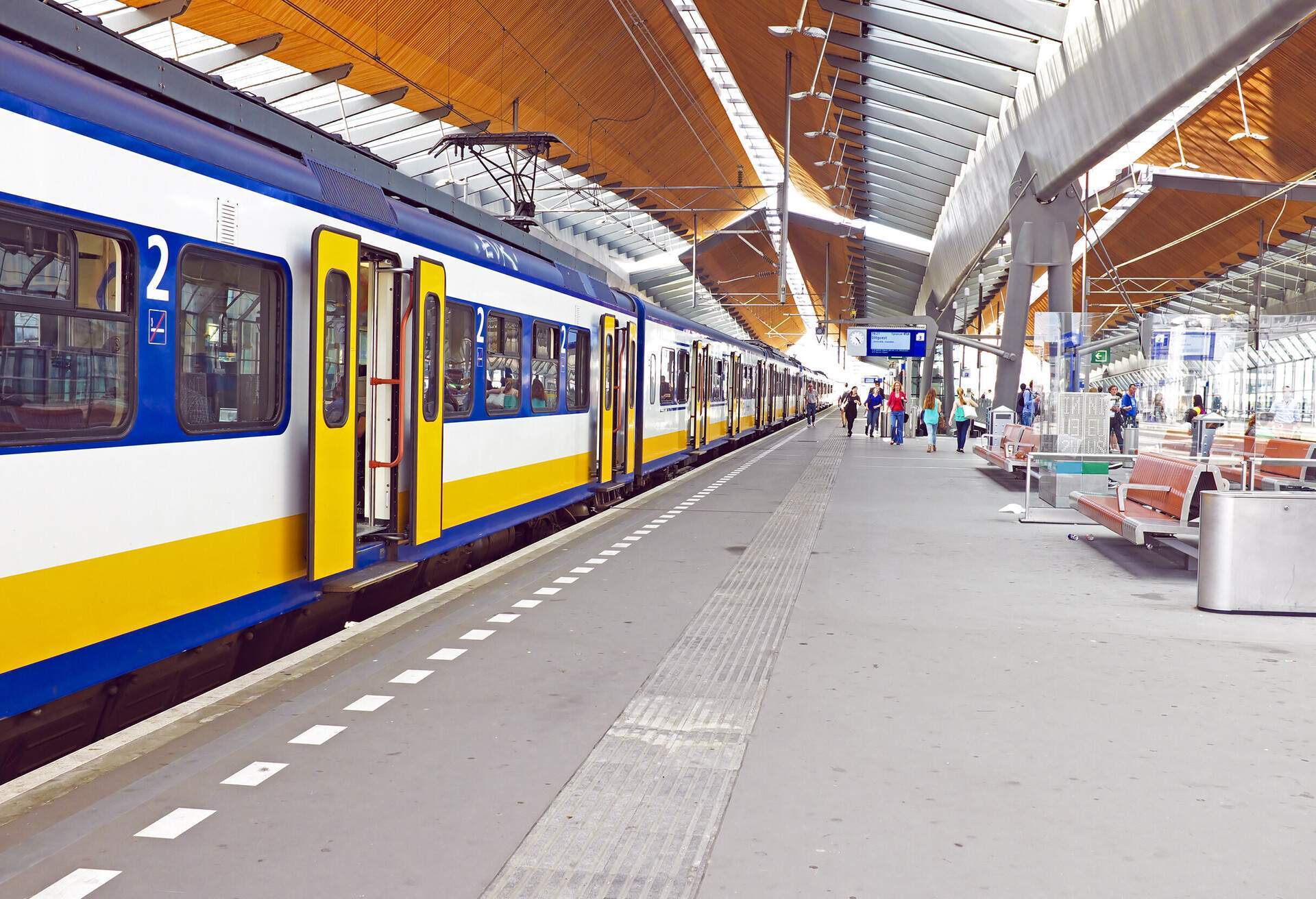
Ever considered taking this low-carbon form of transport to your final destination? Yes, it takes longer and often costs more than flying, but if you’re the kind of person who finds pleasure in the journey as well as the destination, and would enjoy looking at the local landscapes rather than clouds, this is a great option.
Taking the train in Europe emits far less CO2 than flying. And if time savings are one of the reasons why you choose to fly, remember that most major airports are located outside of the city, so you also have to include ground transport time (along with those emissions) to the centre — whereas the train usually pulls right up into the heart of the city. Factor in airport time checking in, going through security and waiting for luggage and, depending on the route, the trip time starts to even out.
9. Choose to offset your emissions
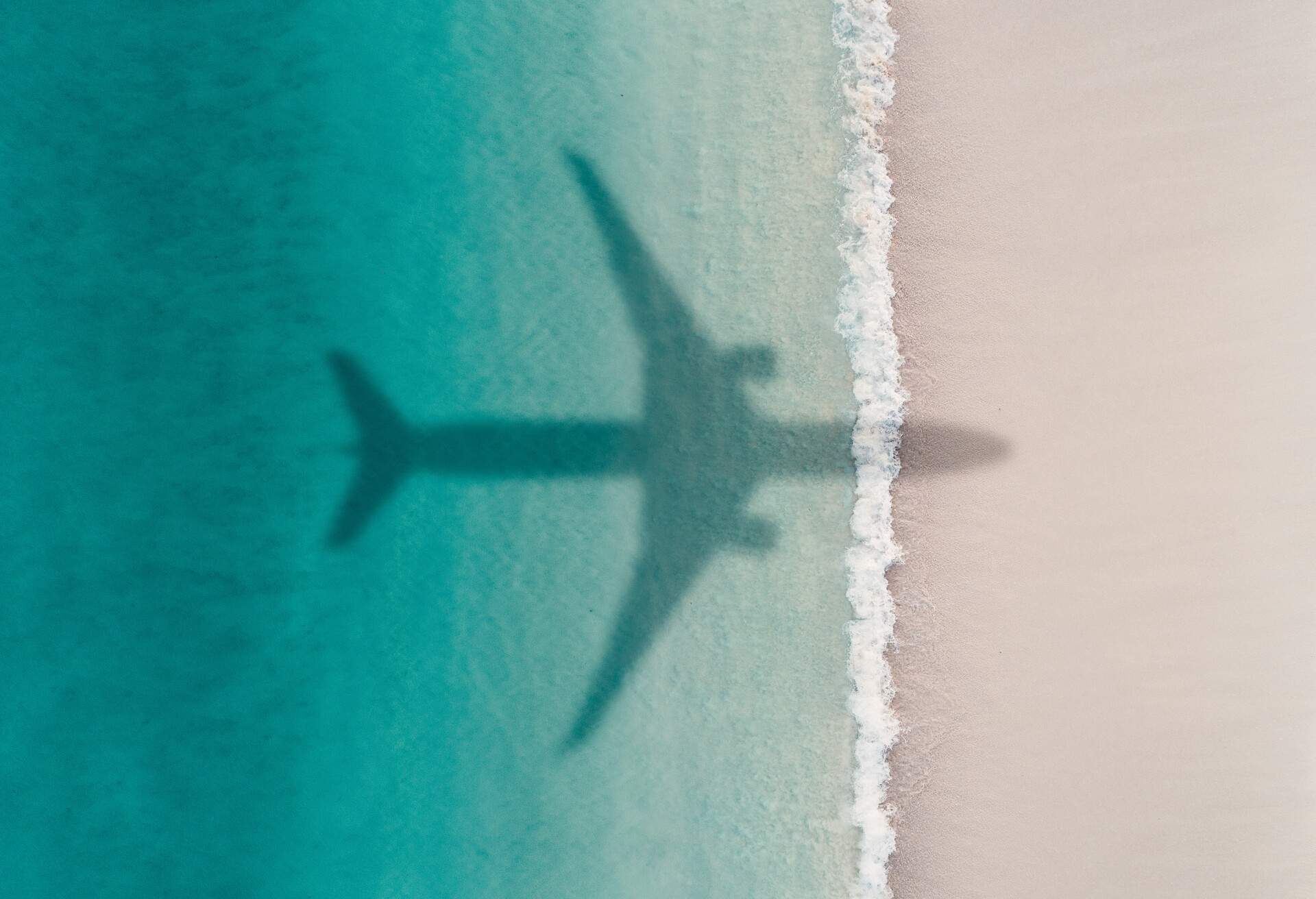
This option can be seen as a kind of last-resort if no other options are available or enough. Carbon offsetting is essentially paying money to ‘make up for’ the amount of CO2 that will be emitted to transport you on your flight. Many carbon offsetting sites include a flight carbon calculator so you can pay the equivalent of your emissions on your flight.
Dig into this universe and you’ll find a heap of projects you can contribute to that reduce the production of CO2 (for example replacing inefficient and unhealthy charcoal cookstoves in third-world countries with cleaner-burning ones) or reduce already-existing CO2 (e.g. planting trees). You can use your money to buy carbon credits from polluting companies and then ‘retire’ them too, theoretically ensuring they will never be emitted.
The real effects of offsetting can be hard to measure, so make sure you choose organisations that use the highest standards for certification of project CO2-reduction, like the Gold Standard and the VCS.
10. Choose to be waste-free

Airlines produce a lot of waste. In 2017, the airline industry produced 5.7 million tonnes of cabin waste, which costs the sector over $900 million US. There are lots of ways you can make your journey waste free on both long and short-haul flights. For starters, download your boarding pass to your smartphone rather than printing it (unless the airline requires you to!).
When you’re on board, be prepared with your own zero-waste kit. Pack a reusable water bottle, earbuds, cutlery and even a napkin. The more you bring yourself, the less single-use items the airline will give out. And if you get cold on flights, BYO layers rather than asking the cabin crew for a blanket which will have to be thrown out or washed after use.
Bottom line? Every choice counts.

For us as travellers, all of the options in this article means, quite simply, that we do have options. There are choices we can make right now that will affect the future of the planet. And that’s something worth acting on.
Sources:
Passenger growth: The Guardian
Biofuels: atag.org, Fly Green Fund
Fuel-efficient aeroplanes and percentage of CO2 in aviation: Atag.org, The Telegraph, ICCT, ICCT
Carbon offsetting: Öko-institut, Atmosfair, Nature.com
Train vs plane offsets: EEA
CORSIA: carbonbrief.org, IATA
Ways to lighten the plane: Traveller.com
Cabin waste costs: IATA
